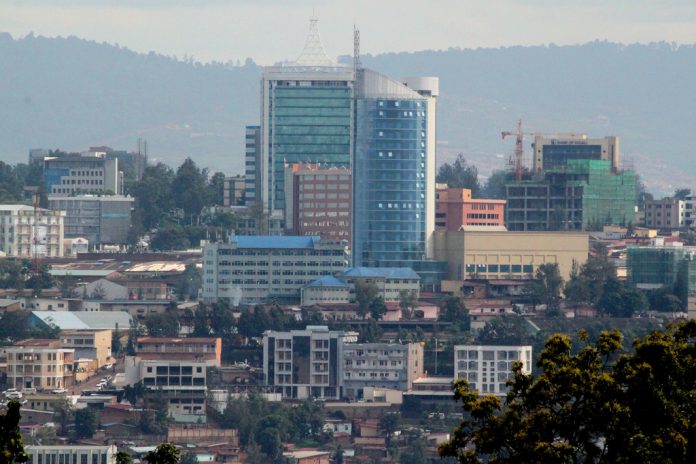Rwanda’s debt has been a subject of concern in recent years, with the country’s debt stock rising from 30.6% of its GDP in 2014 to 78.1% in 2020. In July 2021, Rwanda’s government raised $620 million from investors through the sale of international bonds, with Rwanda indicating that over half of the proceeds would be used to pay off the $400 million Eurobond raised in 2013. The remainder of the debt would be used to fund “key priority projects,” including a Covid-19 vaccine plant. While Gregory Smith, the Emerging Markets Fund Manager at M&G Investments, sees Rwanda’s debut Eurobond issuance in 2013 as a success story with clear objectives and outcomes, David Himbara, an Author & Professor of International Development and former senior economic adviser to the President of Rwanda based in Toronto, Canada views the country’s rising debt stock as a cause for concern. This is a comparative analysis of the diverging perspectives of Himbara and Smith on Rwanda’s debt.
Smith sees Rwanda’s debut Eurobond issuance as a well-planned and executed strategy with specific objectives and outcomes. In 2013, Rwanda issued a $400 million Eurobond at an interest rate of 6.625%, with a clear list of how the proceeds would be used. The proceeds helped finance the Kigali Convention Centre, capitalize RwandAir, and contribute to the Nyabarongo hydro-power project. These projects were planned in detail and implemented, with the conference center project completed in 2016, RwandAir continuing to fly passengers to Kigali, and the hydro-power project producing electricity for the grid in 2014. Smith notes that despite the pandemic, Rwanda’s economy has grown at an average rate of 6.3% over ten years, making the 2013 Eurobond equivalent to around 3% of the country’s 2023 GDP. He further highlights that Rwanda’s decision to issue a second Eurobond in August 2021 at a lower interest rate was aimed at reducing refinancing risks.
In contrast, Himbara views Rwanda’s rising debt stock as a cause for concern. He notes that Rwanda’s debt stock rose from 30.6% of its GDP in 2014 to 78.1% in 2020, and that the government’s data shows that the country’s solvency risks are elevated overall. In his view, Kagame’s decision to raise $620 million in July 2021 to pay off the $400 million Eurobond and fund “key priority projects” may exacerbate the country’s debt crisis. Himbara notes that Fitch has revised Rwanda’s outlook from stable to negative, with a failure to stabilize the debt at current levels of 70% of the GDP potentially leading to a downgrade in the future.
While Smith and Himbara hold diverging views on Rwanda’s debt, both perspectives provide insights into the country’s debt situation. Smith’s analysis highlights the importance of clear objectives and outcomes in debt issuances and the role of economic growth in reducing debt burdens. On the other hand, Himbara’s analysis raises concerns about Rwanda’s rising debt stock and the potential risks associated with debt refinancing. It is important to note that debt is not inherently bad and can be used to finance development projects that have positive social and economic impacts. However, the sustainability of debt depends on various factors, including the country’s ability to service the debt, the nature of the projects being financed, and the overall economic and political environment.
The perspectives of Smith and Himbara highlight different aspects of Rwanda’s debt crisis. While Smith emphasizes the progress that Rwanda has made in reducing its debt burden and the success of the projects that were financed with the debut eurobond, Himbara highlights the increase in the country’s debt stock and the potential risks associated with high debt levels. The two experts also differ on the significance of the government’s use of the eurobond proceeds and its decision to acquire more debt to pay off the outstanding eurobond.































































